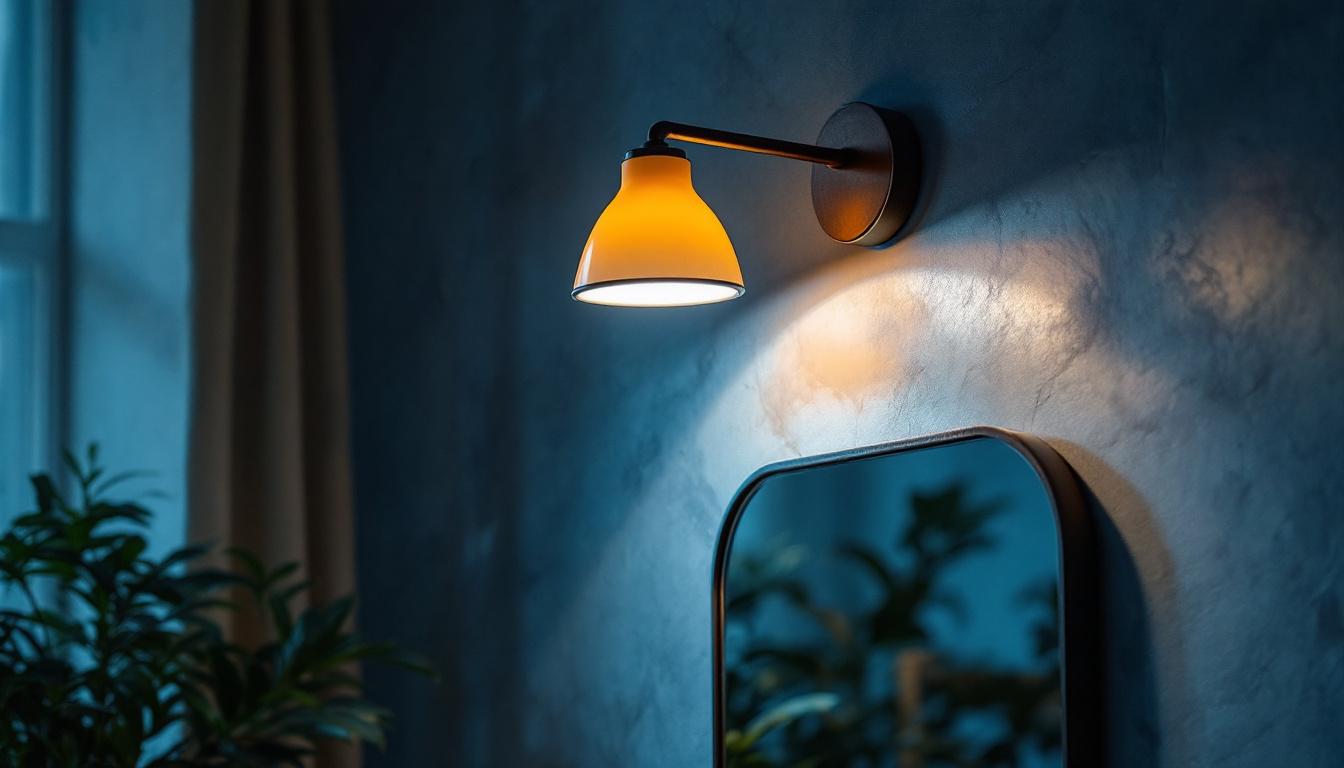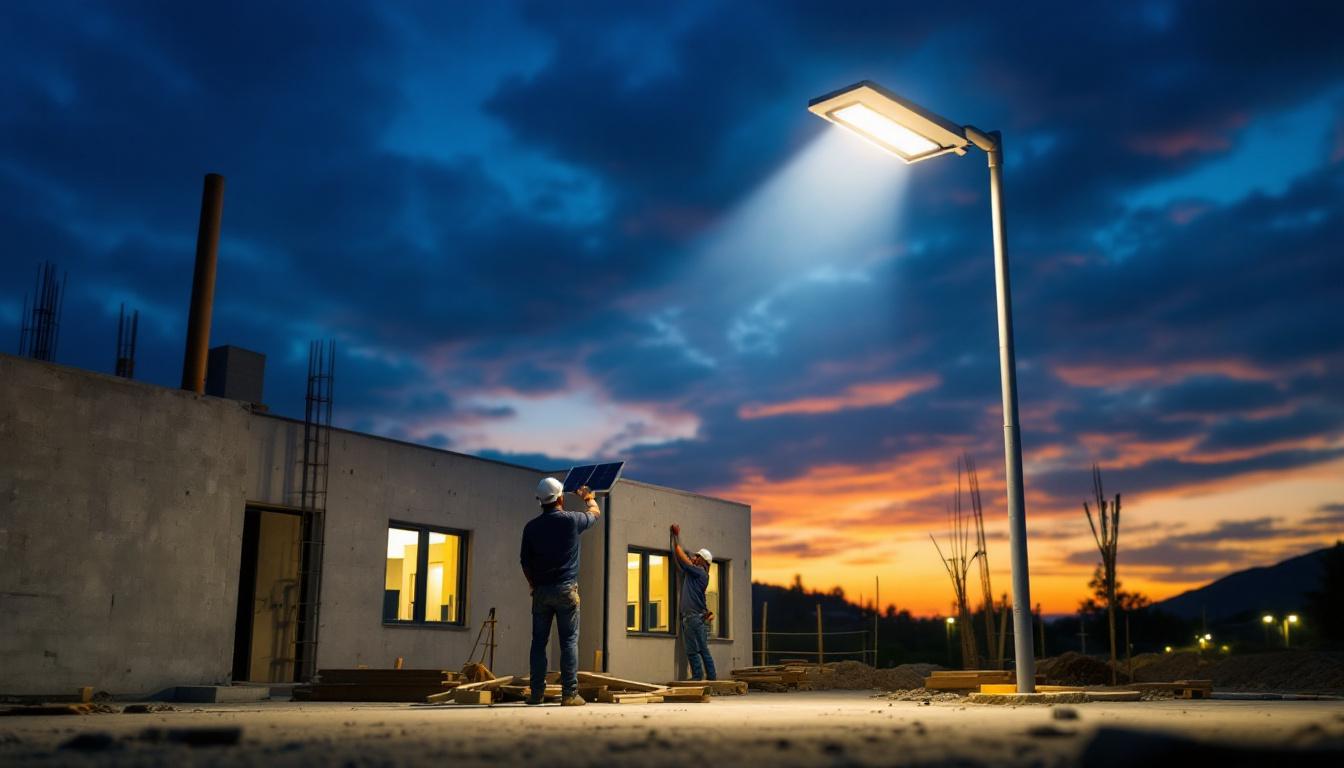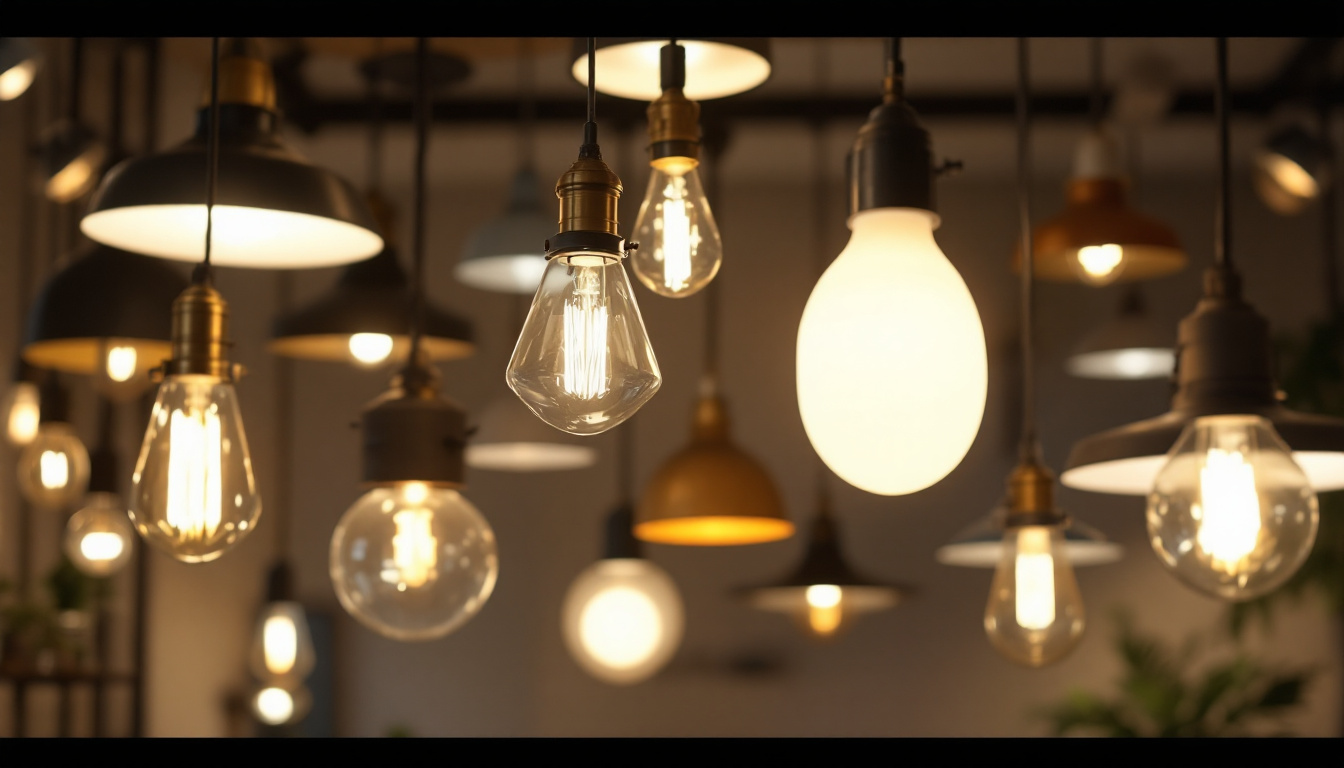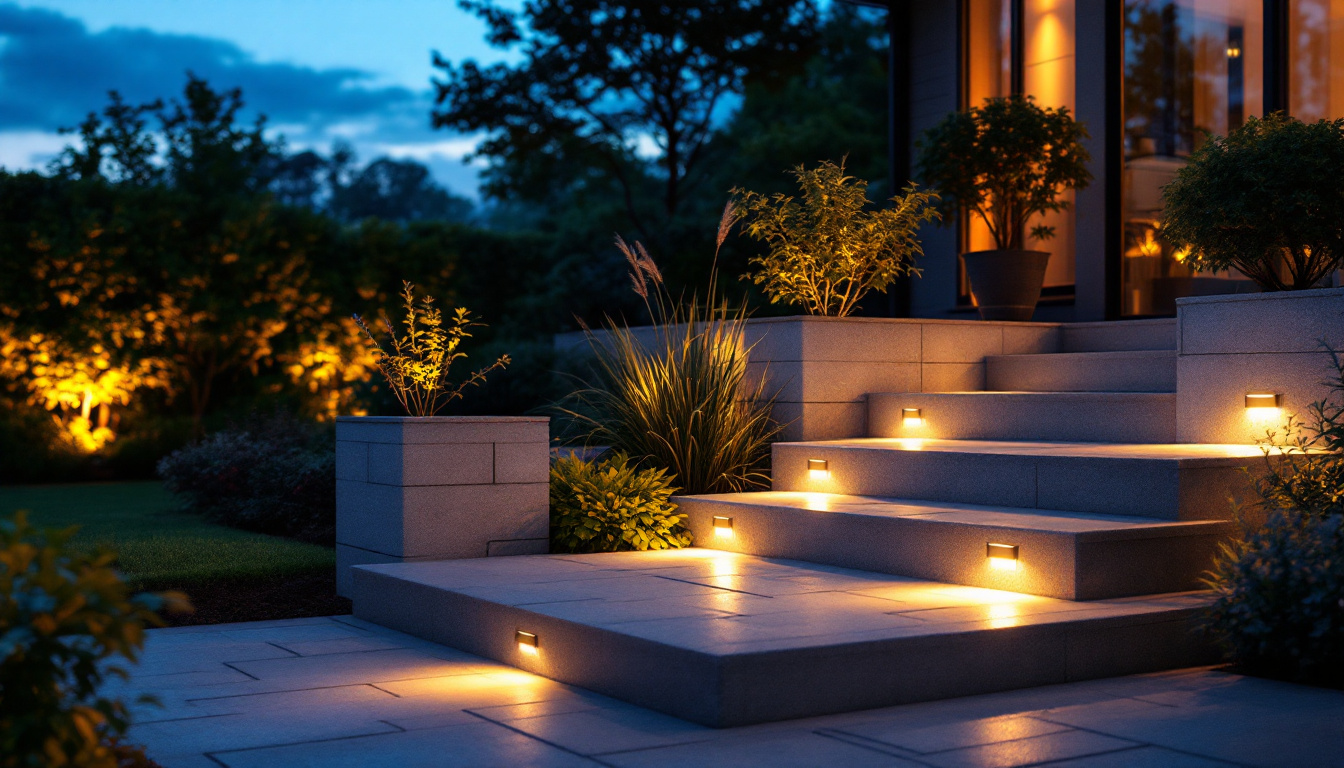
In the world of lighting design, the industrial vanity light has gained significant traction among contractors and designers alike. Its unique blend of functionality and aesthetic appeal makes it a popular choice for various applications, from residential bathrooms to commercial spaces. However, as with any lighting fixture, there are numerous questions that lighting contractors frequently encounter. This article aims to address those common queries, providing valuable insights into the selection, installation, and maintenance of industrial vanity lights.
Before diving into specific questions, it’s essential to understand what industrial vanity lights are and why they are favored in modern design. These fixtures typically feature a rugged, utilitarian design that incorporates materials like metal and glass, often with an exposed bulb. This style not only enhances the aesthetic of a space but also provides ample illumination. The raw, unfinished look of industrial vanity lights can create a striking focal point in any room, making them a popular choice for those looking to add character to their interiors.
Industrial vanity lights stand out due to their distinctive design elements. They often incorporate vintage or retro styles, drawing inspiration from early 20th-century factories and workshops. The use of raw materials like wrought iron, brass, and glass offers a stark contrast to more traditional lighting options, making them ideal for both contemporary and rustic settings. This blend of old and new not only appeals to a wide range of tastes but also allows homeowners to express their individuality through their choice of lighting.
Moreover, the versatility of industrial vanity lights allows them to fit seamlessly into various design themes, from modern minimalist to farmhouse chic. Their ability to provide both ambient and task lighting makes them particularly suitable for vanity areas where proper illumination is crucial. The combination of functionality and style means that these fixtures can enhance the overall design while ensuring that spaces remain practical and user-friendly.
Lighting contractors often recommend industrial vanity lights for several applications. In residential settings, they are commonly used in bathrooms, particularly above mirrors or sinks, where effective lighting is essential for grooming tasks. Additionally, these fixtures can be found in hallways, entryways, and even kitchens, where their robust design can withstand daily wear and tear. The rugged appearance of industrial vanity lights not only serves a practical purpose but also adds an element of sophistication and charm to otherwise utilitarian spaces.
In commercial spaces, industrial vanity lights are frequently used in restaurants, bars, and retail stores. Their unique aesthetic can enhance the overall ambiance of a space, attracting customers and creating a memorable experience. Contractors appreciate the way these lights can elevate the design of a venue while providing the necessary illumination. Furthermore, the warm glow emitted by these fixtures can create an inviting atmosphere, encouraging patrons to linger longer and enjoy their surroundings. As businesses seek to differentiate themselves in a competitive market, the use of industrial vanity lights has become a strategic choice for creating a distinctive brand identity.
When it comes to installing industrial vanity lights, several factors must be taken into account. Proper installation ensures not only the safety of the fixture but also its performance and longevity. Below are some common questions contractors may have regarding installation.
The height at which industrial vanity lights should be installed can significantly impact their effectiveness. A general rule of thumb is to mount the fixtures approximately 65 to 70 inches from the floor. This height allows for optimal lighting without casting unflattering shadows on the face.
However, this guideline can vary based on the specific application and the height of the individuals using the space. For instance, in a bathroom with a higher ceiling, it may be beneficial to adjust the height accordingly to maintain an inviting atmosphere. Contractors should also consider the size of the fixture and the scale of the vanity to ensure a harmonious look.
Wiring is a critical aspect of installing any lighting fixture, including industrial vanity lights. Contractors must ensure that the existing wiring meets local electrical codes and can support the wattage of the new fixtures. It is essential to use appropriate gauge wiring to prevent overheating and potential fire hazards.
Additionally, contractors should consider the placement of switches and dimmers. Installing a dimmer switch can enhance the versatility of the lighting, allowing users to adjust the brightness according to their needs. This is particularly useful in settings where mood lighting is desired, such as in restaurants or spas.
Once installed, proper maintenance of industrial vanity lights is crucial for ensuring their longevity and performance. Regular upkeep can prevent issues such as flickering bulbs, dim lighting, and even electrical hazards. Here are some common maintenance questions contractors may encounter.
The lifespan of bulbs used in industrial vanity lights can vary significantly based on the type of bulb and usage. For instance, incandescent bulbs typically last around 1,000 hours, while LED bulbs can last up to 25,000 hours. Contractors should advise clients to monitor the performance of their bulbs and replace them as needed to maintain optimal lighting conditions.
In addition to replacing bulbs, contractors should also recommend cleaning the fixtures regularly. Dust and grime can accumulate on the glass and metal surfaces, diminishing the light output and overall appearance. A gentle cleaning solution and a soft cloth are usually sufficient to keep the fixtures looking their best.
If a contractor encounters electrical issues with industrial vanity lights, it is crucial to address them promptly. Common problems may include flickering lights, tripped circuit breakers, or complete fixture failure. Contractors should first check the wiring connections to ensure they are secure and free from damage.
If the problem persists, it may be necessary to consult with a licensed electrician. Electrical issues can pose serious safety risks, and it is always best to err on the side of caution. Regular inspections and maintenance can help prevent these issues from arising in the first place.
When selecting industrial vanity lights, design considerations play a vital role in achieving a cohesive look. The right choice can enhance the overall aesthetic of a space while ensuring functionality. Below are some common design-related questions contractors often face.
Choosing the right style of industrial vanity light involves considering the existing decor and the desired ambiance. Contractors should assess the overall theme of the space—whether it leans more towards modern, rustic, or eclectic—and select fixtures that complement that theme.
For instance, a sleek, minimalist industrial light may be ideal for a contemporary bathroom, while a more ornate fixture with vintage finishes could enhance a rustic farmhouse aesthetic. Additionally, the size and scale of the fixture should be proportionate to the vanity and surrounding elements to create a balanced look.
Industrial vanity lights come in various finishes, each contributing to the fixture’s overall appearance. Common finishes include brushed nickel, matte black, oil-rubbed bronze, and antique brass. Each finish can evoke a different feel, so contractors should consider the surrounding elements when making a selection.
For example, a matte black finish can provide a striking contrast against lighter-colored walls, while an oil-rubbed bronze finish can add warmth and richness to a space. It’s essential to choose a finish that not only matches the design theme but also withstands the rigors of daily use, particularly in high-moisture areas like bathrooms.
As energy efficiency becomes increasingly important, many contractors are seeking ways to incorporate sustainable lighting solutions into their projects. Industrial vanity lights can play a role in this transition, particularly when it comes to bulb selection and fixture design.
When it comes to energy efficiency, LED bulbs are the clear winner. They consume significantly less energy than traditional incandescent bulbs and have a much longer lifespan. This not only reduces energy costs but also minimizes the frequency of bulb replacements, contributing to a more sustainable approach to lighting.
Contractors should encourage clients to opt for LED-compatible industrial vanity lights, as many modern fixtures are designed to accommodate these energy-efficient bulbs. Additionally, using dimmer switches can further enhance energy savings by allowing users to adjust the light output based on their needs.
Incorporating sustainable practices into lighting design extends beyond just choosing energy-efficient bulbs. Contractors can also consider the materials used in the fixtures themselves. Opting for lights made from recycled or sustainably sourced materials can significantly reduce the environmental impact of a project.
Additionally, contractors should promote the use of daylighting techniques, such as strategically placing mirrors to reflect natural light and reduce reliance on artificial lighting during the day. This not only enhances the aesthetic appeal of a space but also contributes to energy savings and a more sustainable environment.
Industrial vanity lights offer a unique combination of style and functionality, making them a popular choice for a variety of applications. By addressing common questions related to installation, maintenance, design, and sustainability, lighting contractors can better serve their clients and ensure successful projects.
As the demand for industrial-style lighting continues to grow, staying informed about the latest trends and best practices will be essential for contractors. By providing expert guidance and recommendations, contractors can help clients make informed decisions that enhance their spaces while meeting their lighting needs.
Ultimately, the right industrial vanity light can transform a space, adding character and charm while providing the necessary illumination for daily tasks. With the right knowledge and approach, lighting contractors can navigate the world of industrial vanity lights with confidence and expertise.
Ready to elevate your lighting solutions with industrial vanity lights that combine style, functionality, and energy efficiency? Look no further than LumenWholesale for all your lighting needs. Our commitment to providing contractors with top-quality, spec-grade lighting products at unbeatable wholesale prices ensures that you can light up any space without breaking the bank. With our extensive selection that meets the highest industry standards and the convenience of hassle-free bulk buying with free shipping, you’re guaranteed to find the perfect lighting fixtures for your projects. Don’t settle for less—choose LumenWholesale for the best value in wholesale lighting. Wholesale Lighting at the Best Value.

Discover the latest advancements in solar-powered LED floodlights tailored for lighting contractors.

Explore the diverse world of light fixtures with insights tailored for lighting contractors.

Discover everything lighting contractors need to know about 2-inch LED can lights in just five minutes.

Discover the crucial role outdoor step light fixtures play for lighting contractors in enhancing safety, aesthetics, and energy efficiency.